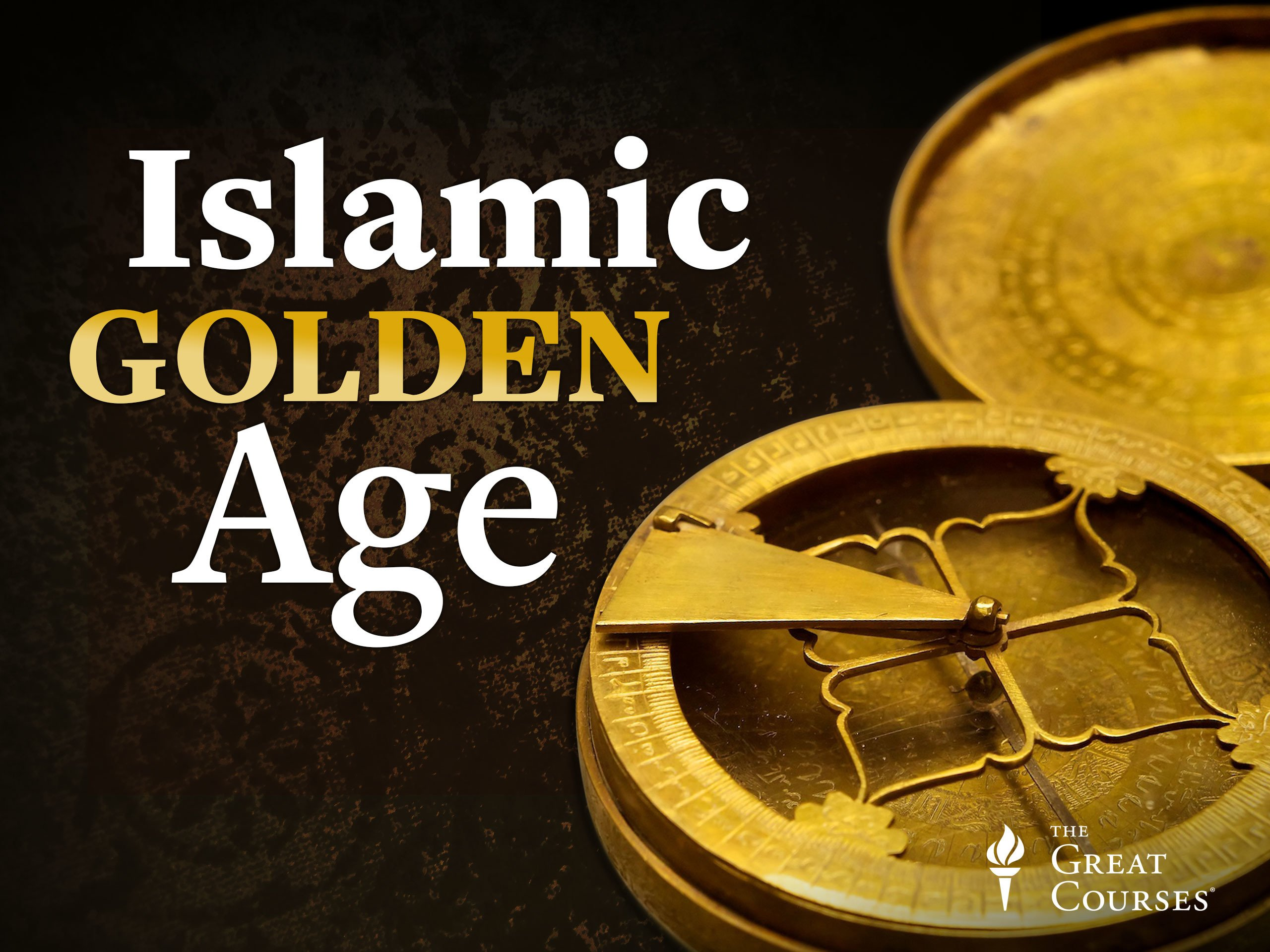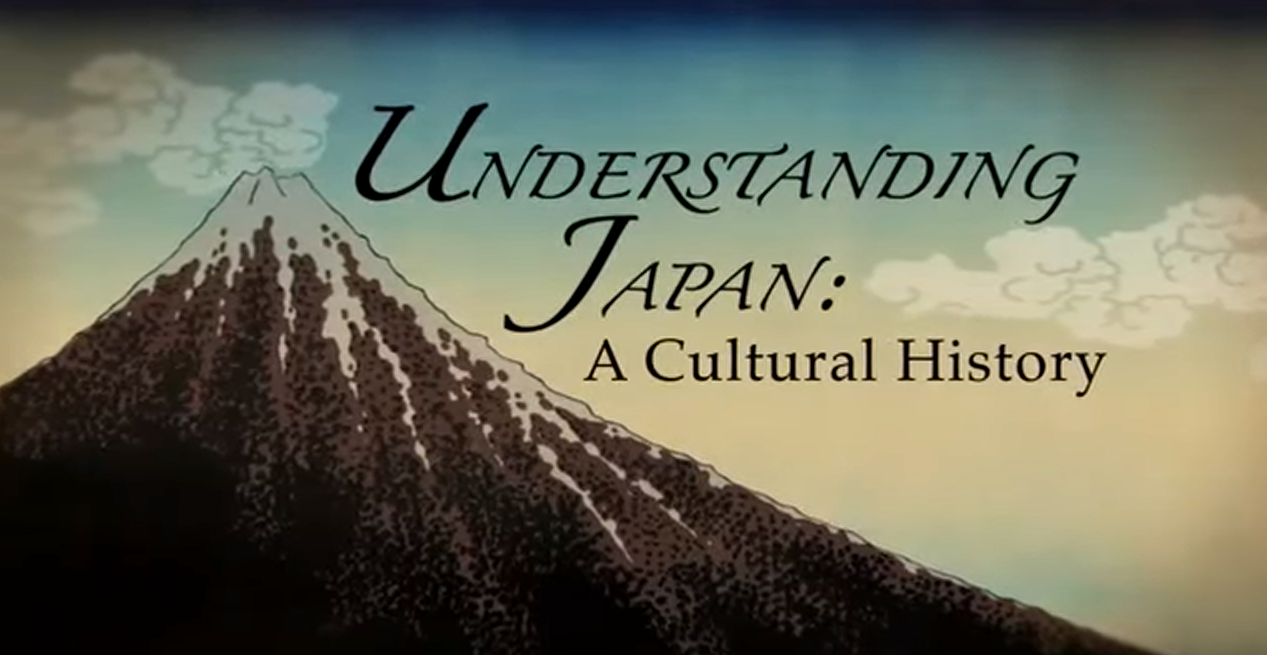موسیقی
Delve into the realm of Quranic exegesis from the year 750 until about 1258. By considering the life of al-Tabari, one of the most important commentators in Islamic history, you will uncover the method and implications of tafsir, or exegesis. Your study will take you into controversial territory with a look at the infamous Satanic Verses.
Hadith" refers to the collected sayings of Muhammad outside of the Quran, all of which were gathered and sifted in an amazing feat of research by Iman al-Bukhari 200 years after Muhammad's death. Journey with al-Bukhari as he wrestles with the authenticity of hundreds of thousands of hadith-and how his work continues to impact Islam today."
During the Abbasid Empire, Baghdad's House of Wisdom was the world's preeminent center for translation and original research. Find out why translation flourished in this era, and meet two of the Golden Age's most important translators: Hunayan Ibn Ishaq and al-Kindi. Then consider the intellectual legacy of the Arabic translation movement.
The field of mathematics owes a tremendous debt to the Islamic Golden Age. Mathematicians such as Omar Khayyam (who is perhaps better known today as a poet) and al-Khwarizmi built on the work of Babylonian, Greek, and Indian mathematicians to systematize and explain algebra and symbolic algorithms. Survey this critical period of mathematics history.
Considered by many scholars to be the finest writer of Arabic prose who ever lived, al-Jahiz was a brilliant stylist and author of more than 200 works, many of which survive today. In this lecture, you will uncover the origins of Arabic writing before turning to the life and works of al-Jahiz.
Get to know the great Caliph Harun al-Rashid and Baghdad's House of Wisdom, which was the largest depository of books in the world at that time-and served as the engine that drove much of the Golden Age. Then shift your attention to the Arabian Nights collection of stories and legends to discover the source of al-Rashid's enduring fame.
As a truly international, intercultural, interracial, and even intercontinental era, great travelers abound. Here, you will meet the Moroccan wayfarer Ibn Battuta and trace his journey across Northern Africa and the Middle East in the century after the Mongol sack of Baghdad. Gain new insights into the era-including whether it ever truly come to an end.
Step back to one of the most important yet overlooked periods in human history. Your tour of the Golden Age of Islamic Civilization begins with the who, what, why, where, when, and how of this great period and its impact. Explore the Abbasid Empire and see how it bridged the ancient world and the Renaissance.
What makes 1989 the turning point for contemporary Japan? Explore four pivotal moments from that year whose repercussions are still being felt in the Japan of the 21st century: the death of Hirohito, China's Tiananmen Square Massacre, the bursting of the Japanese real estate bubble, and a dramatic stock market crash.
Meet Japan's greatest filmmakers: Ozu Yasujirō and Kurosawa Akira. How do their best films reflect lasting connections to world cinema? Revisit Ozu's 1953 masterpiece Tokyo Story (inspired by an American domestic drama) and Kurosawa's rousing 1961 adventure Yojimbo (which fused samurai culture with the American Western).
From 1955 to 1975, the Japanese economy grew more than 435% - an astonishing rate that economists refer to as "the Japanese Miracle." Take a closer look at the six factors that led to this unprecedented growth, including the country's cheap and motivated workforce, as well as the critical influence of the United States.
There's so much more to Japanese cuisine than just sushi. Move beyond the basics and plunge into the enormous diversity and complexity of Japan's culture of food. How do foods like soba noodles, tempura, and yakitori (and the rituals of eating them) reflect the waves of globalization and isolation you've explored in previous lectures?
You can't truly grasp a country's culture without understanding its ideas about the family. Explore the three main models of Japanese family life: the aristocratic model (uji), the samurai model (ie), and the postwar model. Along the way, learn about shifting attitudes toward domestic life, including women's rights and family planning.
A political culture dominated by fanatics. The quagmire of the Sino-Japanese War. The takeover of Manchuria and the puppet government of Manchukuo. Japan's surprising failure in attacking Pearl Harbor. Learn about all these and more in this lecture on the disorganized chaos (and legacy) of World War II-era Japan.
Take a fresh approach to the story of early 20th-century Japan. Rather than a review of major events, focus instead on the ideologies of three individuals whose competing views shaped Japan's actions on the eve of World War II: Nitobe Inazō and Shidehara Kijūrō, both proponents of democracy and international cooperation; and Ishiwara Kanji, a die-hard militarist.
Investigate the Meiji Restoration: the start of the third major period of Japanese globalization, defined by a vibrant synthesis of tradition and modernity. From the abolition of the samurai class to the creation of a new educational system to the restructuring of land ownership, how did Japan achieve revolutionary change through a smooth political transition?
Katsushika Hokusai, the renowned Japanese artist, is the perfect entryway into the history of both Japanese wood-block prints and late Tokugawa society. Among the topics covered are ukiyo-e ("floating world") pictures; Hokusai's iconic masterpiece, The Great Wave off Kanagawa; his encyclopedic collection of manga ("sketches"); and more.
Journey through some of the best-known styles and voices of Japanese poetry. You'll start with the oldest surviving Japanese poems and follow the development of tanka, the classical five-line form, and renga, a single poem written by multiple poets. We conclude with the master poet Bashō and the emergence of haiku, now Japan's most famous and popular form of poetry.
Professor Ravina adds more depth to your understanding of Japan's warrior ethos, bushidō ("the way of the warrior"). As you look at historical snapshots, such as a samurai's petulant memoir and the vendetta of the 47 rōnin, you'll discover the deep nostalgia that lies at the heart of this misunderstood aspect of Japanese culture. Bushidō is full of a longing for a lost age.
Japanese gardens are popular tourist destinations, cultural treasures, and even UNESCO heritage sites. Here, consider the splendor and harmony of some of Japan's most important gardens (including tea gardens, rock gardens, and strolling gardens) as part of a history of aesthetics and also as expressions of religious and cultural ideals.


